drawing up garden plans
pippi21
14 years ago
Related Stories

GARDENING GUIDES6 Plants That Beat Butterfly Bush for the Wildlife Draw
It's invasive, a nonnative and a poor insect magnet. Check out these better alternatives to butterfly bush in the garden
Full Story
DENS AND LIBRARIES8 Victorian Drawing Rooms for Modern Living
Whether you remodel it for an open plan or keep it intact, a Victorian drawing room can graciously adapt to modern needs
Full Story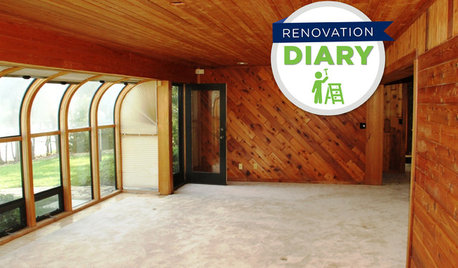
REMODELING GUIDESPlan Your Home Remodel: The Design and Drawing Phase
Renovation Diary, Part 2: A couple has found the right house, a ranch in Florida. Now it's time for the design and drawings
Full Story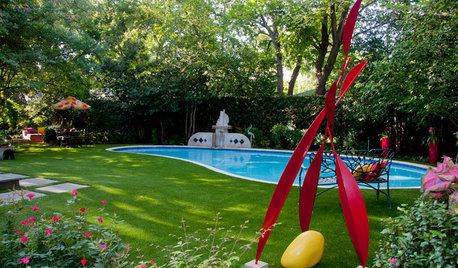
COLOR8 Ways to Rev Up Your Garden Color With More Than Just Plants
Bring energy and excitement to your outdoor space by going bold with color, from small touches to big changes
Full Story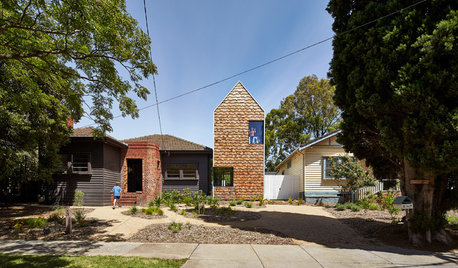
MOST POPULARHouzz Tour: A Playful Home Drawn Up by 8-Year-Old Twins
Plans for this innovative tower home in Melbourne were going nowhere — until the homeowners’ twins came to the rescue
Full Story
FALL GARDENING7 Reasons Not to Clean Up Your Fall Garden
Before you pluck and rake, consider wildlife, the health of your plants and your own right to relax
Full Story
GARDENING GUIDESWarm Up Your Garden With Orange Flowers
Hummingbirds and butterflies are not the only ones who will notice when you introduce a blaze of orange into your garden
Full Story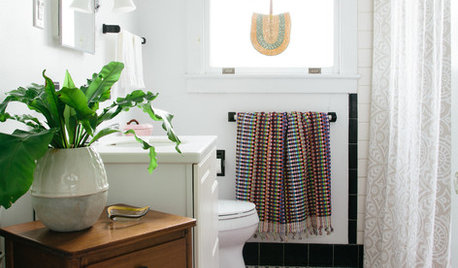
CONTAINER GARDENSFreshen Up the Bath With Lush and Healthy Plants
Learn how to choose and care for plants that will do well in your space
Full Story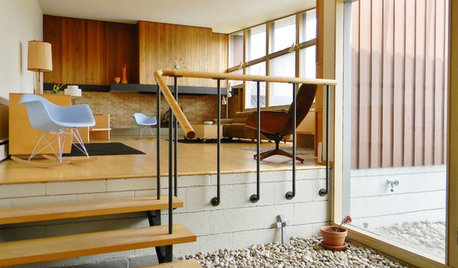
HOUZZ TOURSMy Houzz: Original Drawings Guide a Midcentury Gem's Reinvention
Architect's spec book in hand, a Washington couple lovingly re-creates their midcentury home with handmade furniture and thoughtful details
Full Story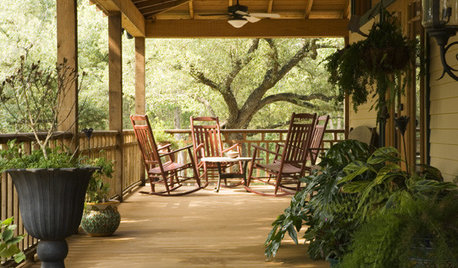
GARDENING AND LANDSCAPINGWarm Up With Ideas for Your Dream Outdoor Room
Plan a Memorable Summer Outside While You're Waiting Out Winter Inside
Full StoryMore Discussions







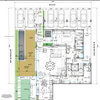


gardengal48 (PNW Z8/9)
mad_gallica (z5 Eastern NY)
Related Professionals
Baltimore Landscape Architects & Landscape Designers · Springfield Landscape Contractors · Bristol Landscape Contractors · Eureka Landscape Contractors · Middle River Landscape Contractors · North Chicago Landscape Contractors · North Potomac Landscape Contractors · Wells Landscape Contractors · West Orange Landscape Contractors · Markham Landscape Contractors · Gaithersburg Decks, Patios & Outdoor Enclosures · Lakewood Decks, Patios & Outdoor Enclosures · Citrus Heights Swimming Pool Builders · Dickinson Swimming Pool Builders · Lake Forest Swimming Pool Buildersgardengal48 (PNW Z8/9)
pls8xx
gardengal48 (PNW Z8/9)
mad_gallica (z5 Eastern NY)
JSL Exteriors Landscape Design Build
laag
bonsai_audge
pippi21Original Author
laag
woodyoak zone 5 southern Ont., Canada
gardengal48 (PNW Z8/9)
anoid1
laag
karinl
laag
anoid1
rhodium
pls8xx
inkognito
laag
inkognito
nandina
inkognito
gardengal48 (PNW Z8/9)
laag
pls8xx
lavender_lass